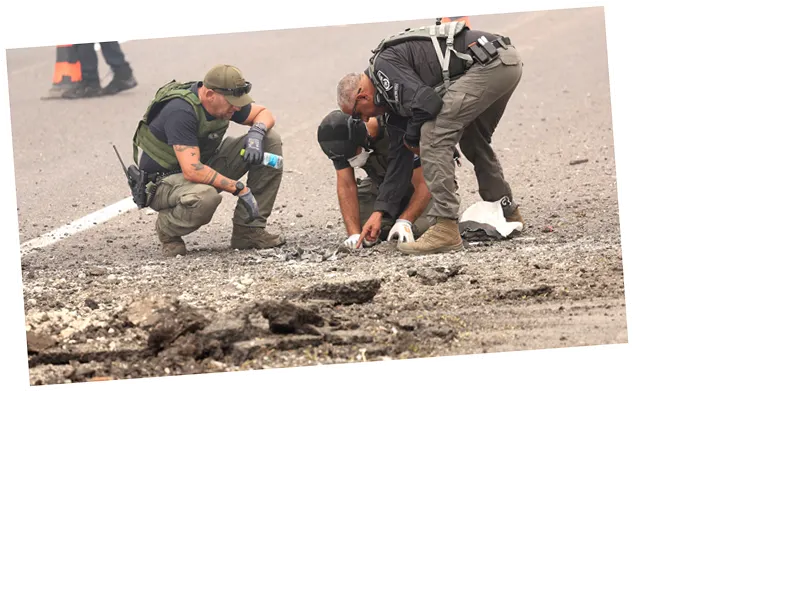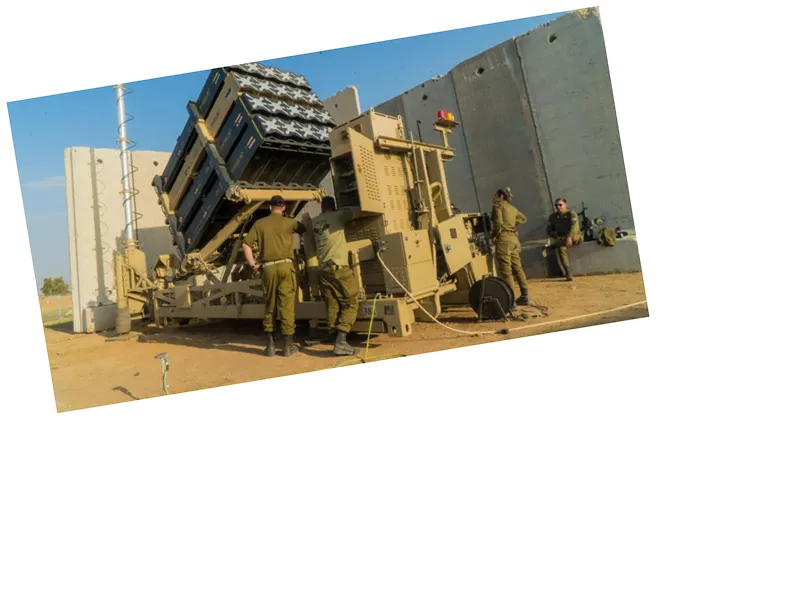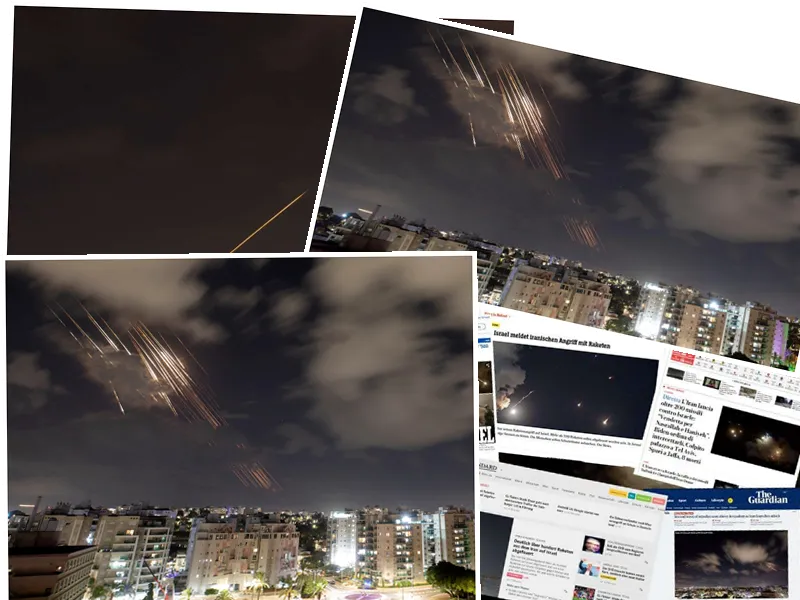Hezbollah Missile Attack on Tel Aviv: Analysis and Implications
On November 18, 2024, Tel Aviv experienced a significant missile attack attributed to Hezbollah, raising concerns about Israel's defense capabilities. Retired Major General Fayez Al-Duwairi provided insights into the nature of the missile used, suggesting it was likely an "Angel" missile, known for its destructive power. This missile has a 250-kilogram explosive head and a range of 250 kilometers, with a precision error margin of just 5 meters.
Contrary to this assessment, some Lebanese media sources indicated that the missile was a "Fateh 110," which is also capable of causing substantial damage. Reports from Israeli media confirmed that the missile landed in Bnei Brak, east of Tel Aviv, resulting in injuries to six individuals, with conditions ranging from serious to moderate. There are ongoing concerns regarding the structural integrity of a building in Ramat Gan that was struck by debris from the missile.
The Iron Dome's Limitations
The failure of Israel's Iron Dome defense system to intercept the missile has sparked discussions about its operational effectiveness. Al-Duwairi explained that the Iron Dome consists of three main systems: radar, tracking, and launch units. The radar unit is responsible for assessing the missile's trajectory, but it may not issue a warning if it predicts the missile will land in an uninhabited area. This could have contributed to the failure to intercept the missile in this instance.
Al-Duwairi highlighted that the Iron Dome's interception mechanism involves colliding an interceptor missile with the incoming threat, which can lead to shrapnel falling over a wider area. However, the system is not foolproof, with an estimated interception effectiveness rate of only 60% to 65%. This means there remains a significant chance—between 35% and 40%—that a missile could reach its intended target, as evidenced by the recent attack.





